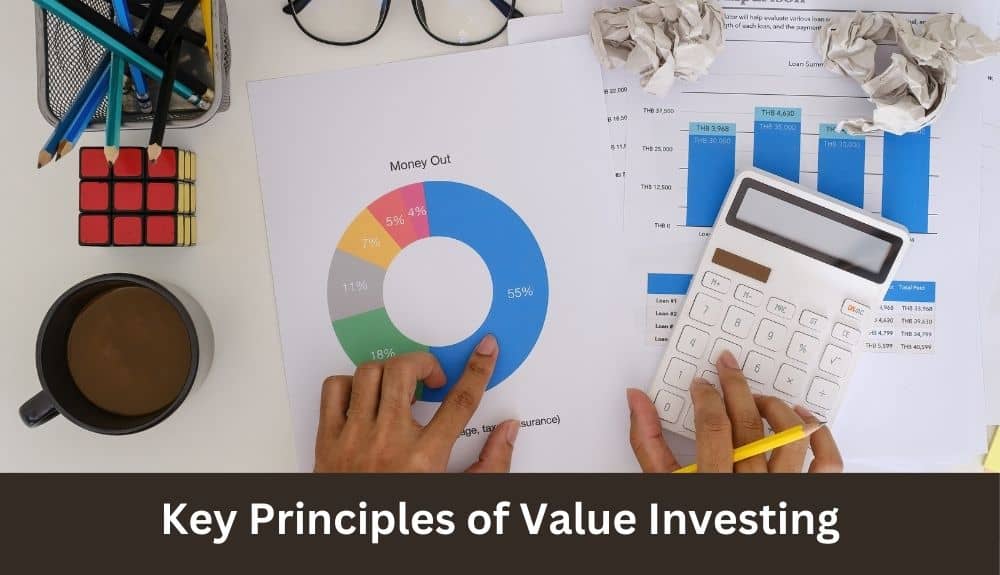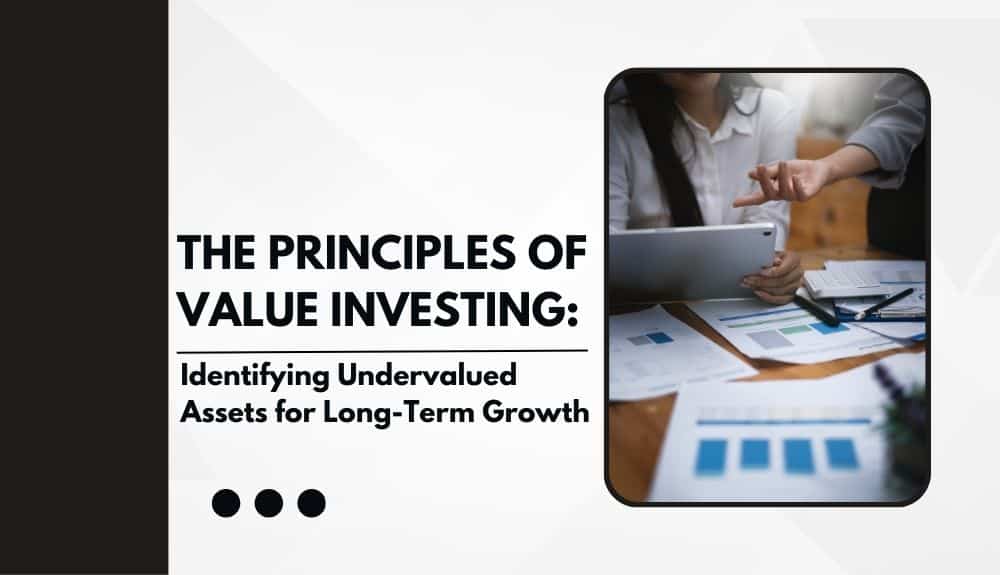Are you looking to grow your wealth steadily over time? Interested in a proven investment strategy that focuses on long-term success? Value investing might just be the key to unlocking hidden gems in the stock market. Join us as we delve into the principles of value investing and learn how to identify undervalued assets for sustainable growth. Let’s dive in!
The History and Success of Value Investing
Value investing has a rich history dating back to the early 20th century when Benjamin Graham and David Dodd pioneered the approach. Their seminal book “Security Analysis” laid the foundation for value investing principles still followed today.
One of the most famous proponents of value investing is Warren Buffett, who attributes his success to sticking with undervalued assets for long-term growth. His investment philosophy emphasizes buying quality companies at discounted prices.
Over time, value investing has proven its worth by outperforming growth investing strategies in various market conditions. By focusing on intrinsic value and margin of safety, investors aim to protect their capital while seeking substantial returns over time.
Despite its success stories, value investing does come with challenges and risks such as identifying true undervalued assets and staying patient during market fluctuations. However, for those willing to do their due diligence and embrace a long-term perspective, value investing can be a rewarding strategy.
Key Principles of Value Investing

When it comes to value investing, there are several key principles that investors should keep in mind. One of the fundamental principles is buying undervalued assets with the potential for long-term growth. This involves looking for companies whose stock price does not reflect their intrinsic value.
Another important principle is having a margin of safety, which means investing in assets at a significant discount to their intrinsic value to protect against downside risk. By focusing on the margin of safety, investors can minimize losses and maximize returns over time.
Patience is also crucial in value investing. Successful investors understand that it may take time for the market to recognize the true value of an asset and are willing to hold onto their investments until they reach their full potential.
Diversification is another key principle in value investing. By spreading investments across different industries and asset classes, investors can reduce risk and enhance long-term returns.
By adhering to these key principles of value investing, investors can build a solid foundation for achieving financial success over the long term without getting caught up in short-term market fluctuations or trends.
Understanding Intrinsic Value and Margin of Safety
Understanding intrinsic value and margin of safety is crucial in the world of value investing. Intrinsic value represents the true worth of an asset based on its fundamentals, such as earnings, growth potential, and market conditions. It’s like determining the actual price tag before making a purchase.
On the other hand, margin of safety acts as a buffer against uncertainty and errors in valuation. Think of it as a protective cushion that allows investors to buy assets at a discount to their intrinsic value. This provides room for error or unexpected developments without risking significant losses.
By focusing on both intrinsic value and margin of safety, investors can make informed decisions while minimizing risks. It’s about buying when prices are below what an asset is truly worth and ensuring there’s enough leeway for unforeseen circumstances.
How to Identify Undervalued Assets: Fundamental Analysis
When it comes to identifying undervalued assets through fundamental analysis, there are a few key factors to consider. Start by examining the company’s financial statements, looking at metrics like earnings growth, profit margins, and debt levels.
Next, assess the competitive position of the business within its industry. Look for companies with durable competitive advantages or moats that protect their market share and profitability.
Consider the management team and their track record in capital allocation and strategic decision-making. A strong management team can often drive long-term value creation for shareholders.
Analyze the current market price compared to your estimate of intrinsic value. This will help you determine if a stock is trading at a discount or premium relative to its true worth.
By combining these elements of fundamental analysis, investors can uncover undervalued assets with significant potential for long-term growth and outperformance in the market.
Risks and Challenges of Value Investing

Value investing, while a proven strategy for long-term growth, comes with its fair share of risks and challenges. One of the key risks is the possibility of value traps – where an asset may appear undervalued but fails to realize its true potential.
Another challenge is market volatility, which can impact the valuation of assets unexpectedly. Additionally, economic downturns or industry disruptions can lead to prolonged periods of underperformance for value investors.
Moreover, behavioral biases such as herd mentality or confirmation bias can cloud judgment and lead to poor investment decisions. It’s essential for value investors to stay disciplined and rational in their approach despite external pressures.
Furthermore, timing plays a crucial role in value investing; entering or exiting positions at the wrong time can significantly impact returns. Diversification across different asset classes can help mitigate risk but also requires careful monitoring and management.
In essence, navigating the risks and challenges of value investing requires patience, diligence, and a deep understanding of fundamental analysis principles.
Conclusion
Is value investing the right strategy for you? The decision comes down to your investment goals, risk tolerance, and time horizon. Value investing requires patience, discipline, and a long-term perspective. If you are willing to do thorough research, analyze financial statements, and have the fortitude to hold onto investments during market fluctuations, then value investing may be a suitable strategy for you.
Remember that while value investing has proven successful for many renowned investors over the years, it is not without its risks and challenges. Market conditions can change rapidly, affecting the valuation of assets. It’s crucial to continuously monitor your investments and adjust your portfolio as needed.
In conclusion: consider all factors carefully before deciding if value investing aligns with your investment philosophy and objectives. As with any investment strategy, diversification is key to managing risk effectively. Seek guidance from financial professionals if needed but always remember that ultimately the choice is yours to make based on what best fits your financial goals and preferences.






